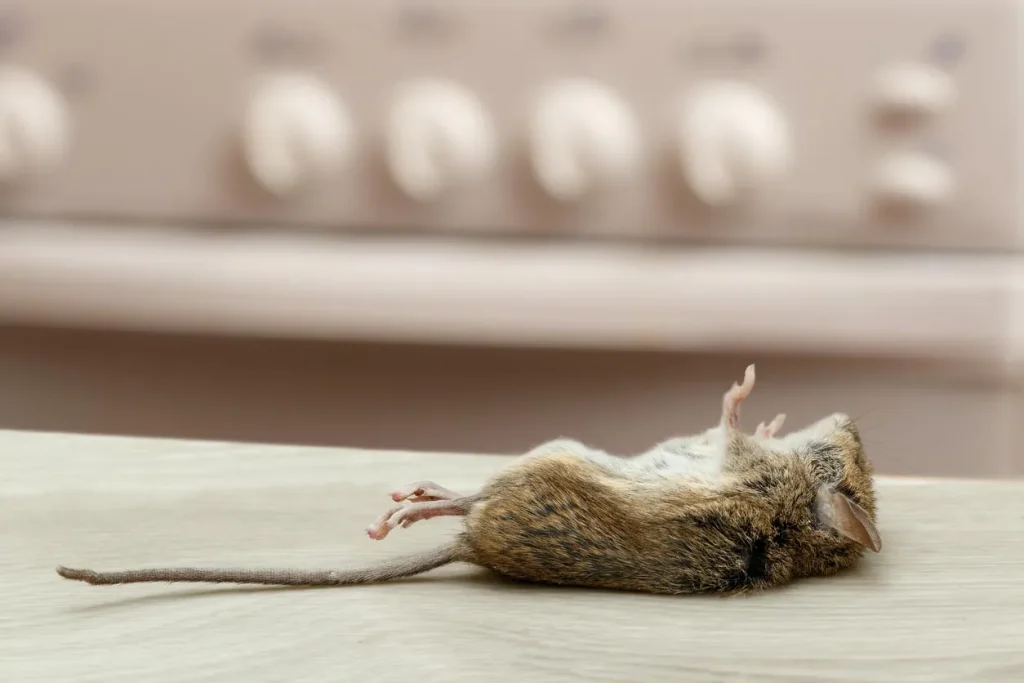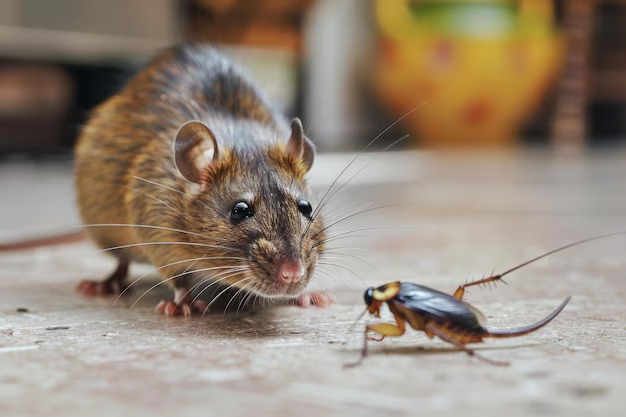
Are you struggling with unwanted mice in your home but prefer a natural and humane way to deter them? You’re in the right place! Today, we’ll explore effective and eco-friendly strategies to keep mice away without resorting to harsh chemicals or toxic traps. These methods focus on prevention, deterrents, and humane solutions that work over time.
Understanding Mice and Their Behavior
Mice are naturally attracted to high-calorie foods like seeds, grains, and nuts, which provide them with essential energy. However, they also consume a wide range of foods, including leftovers, pet food, and even garbage. Preventing an infestation starts with eliminating their access to food, water, and shelter.
Effective Strategies to Keep Mice Away

1. Seal Entry Points
Mice can squeeze through tiny gaps as small as 1/4 inch (6 mm). Inspect your home for openings around doors, windows, pipes, and utility lines. Seal these gaps with steel wool, caulk, or hardware cloth to prevent entry. This is one of the most effective long-term solutions.
2. Maintain Cleanliness
A clean home is less attractive to mice because it removes potential food sources and nesting spots.
- Keep kitchen counters, floors, and pantry shelves free of crumbs and spills.
- Store food in airtight containers.
- Take out the trash regularly and keep garbage bins tightly sealed.
- Declutter storage areas, as mice love hiding in piles of paper, clothing, and cardboard.
3. Natural Repellents
Some strong scents can deter mice temporarily. While not a permanent solution, they can be used alongside other methods.
- Peppermint Oil: Soak cotton balls in peppermint oil and place them near entry points or areas where mice are active. Refresh the oil regularly.
- Vinegar: While vinegar has a strong smell, there is limited evidence that it effectively repels mice. However, it can be used as a cleaning agent to remove food scents.
4. Humane Traps and Relocation
If you prefer not to harm mice, humane traps are a good alternative.
- Use bait like peanut butter or sunflower seeds.
- Place traps along walls or in areas where you’ve noticed mouse activity.
- Check traps frequently and release the mice at least one mile away from your home in a natural environment.
- Seal entry points afterward to prevent more mice from entering.
5. Natural Predators

- Cats: Some cats are natural mousers and can help reduce mouse populations. However, not all cats will actively hunt mice.
- Birds of Prey: If you live in a rural area, attracting owls and hawks with nesting boxes can help control the local mouse population. This method is less practical in urban settings.
Final Thoughts
Keeping mice away requires a combination of prevention, cleanliness, and humane deterrents.
- Seal entry points to prevent them from getting inside.
- Eliminate food sources by keeping your home clean and food properly stored.
- Use natural deterrents as temporary solutions.
- Consider humane traps if you need to remove mice already in your home.
By adopting these eco-friendly practices, you can maintain a pest-free home without resorting to harmful chemicals. A proactive approach ensures a healthier, safer living environment for you and your family.

